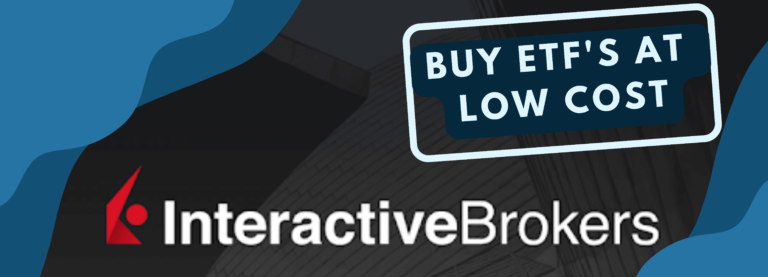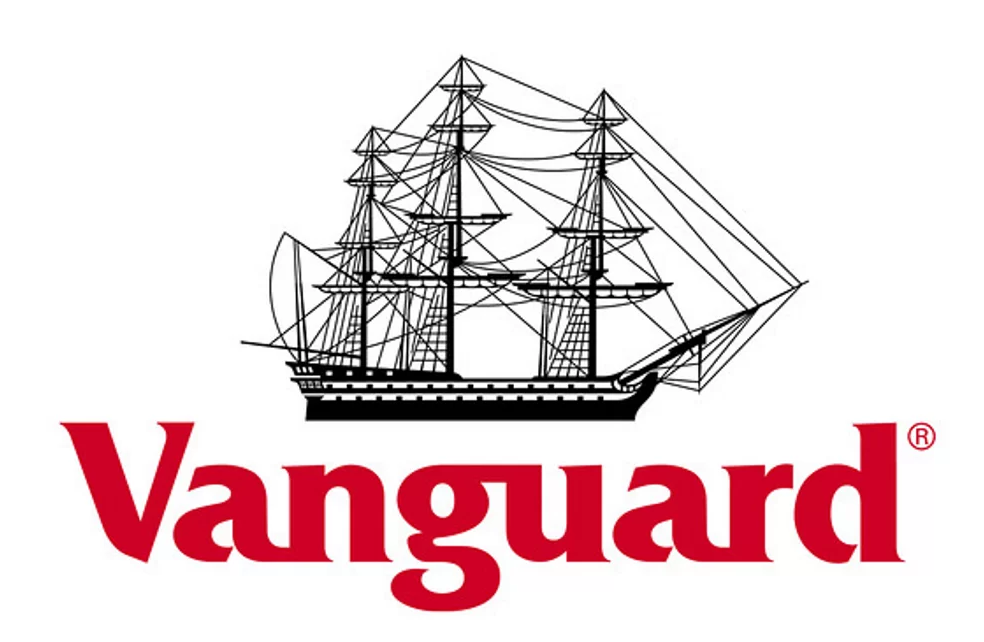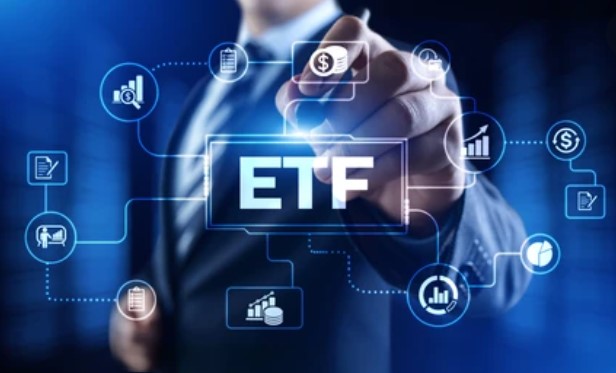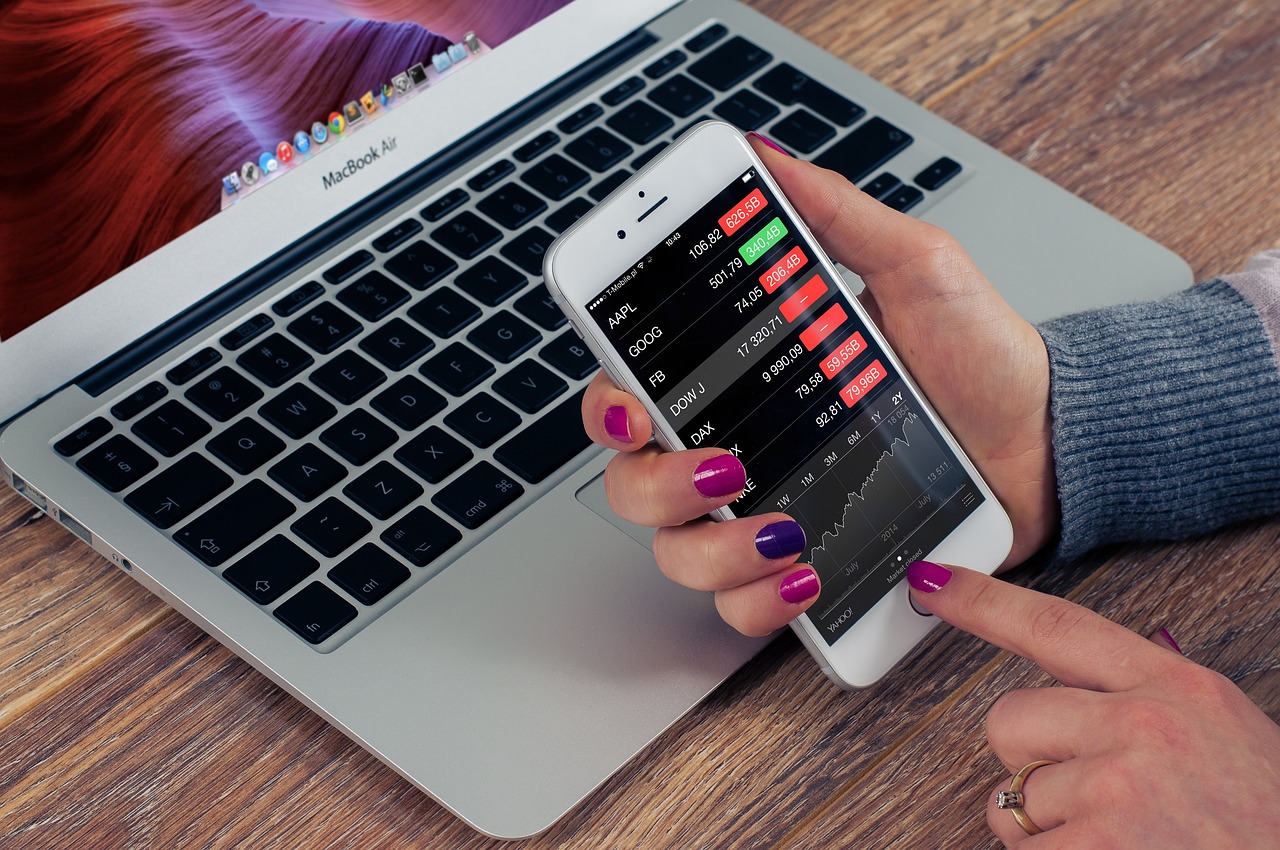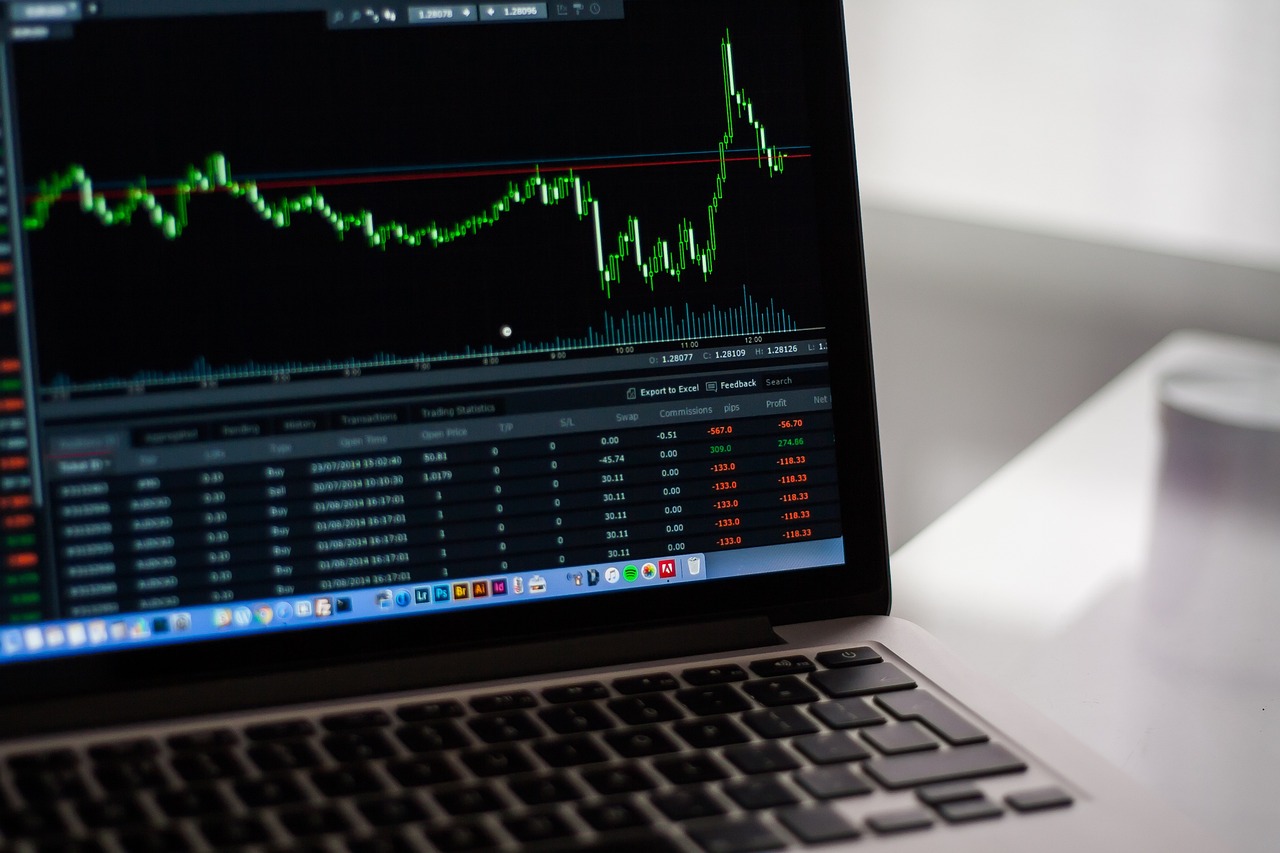The Impact of TER on Your ETF Investing Costs
Total Expense Ratio (TER) is a measure of the total costs associated with managing an investment fund. It is expressed as a percentage of the fund’s average net assets and is calculated by adding up all the costs incurred by the fund, such as management fees, trustee fees, and other expenses, and dividing that total by the fund’s average net assets.
TER is an important metric for investors to consider when evaluating different investment funds. A higher TER indicates that a larger portion of the fund’s returns will be eaten up by expenses, leaving less for investors. A lower TER, on the other hand, means that a smaller portion of the fund’s returns will be used to cover expenses, leaving more for investors. InteractiveBrokers provides a wide range of ETFs with low TER, making it a great option for cost-conscious investors looking to maximize returns.
Here are some key points about TER:
- It’s a measure of the total costs associated with managing an investment fund
- Expressed as a percentage of the fund’s average net assets
- Calculated by adding up all the costs incurred by the fund and dividing that total by the fund’s average net assets
- A higher TER indicates that a larger portion of the fund’s returns will be eaten up by expenses
- A lower TER means that a smaller portion of the fund’s returns will be used to cover expenses
Why TER is important?
TER is important because it can have a significant impact on an investment fund’s returns over time. For example, a fund with a TER of 1% will have a lower return than a fund with a TER of 0.5% if all other factors are equal. This is because the higher TER fund will have a greater portion of its returns eaten up by expenses, leaving less for investors.
Additionally, TER can also vary significantly among different types of funds and even within the same category of funds. For example, actively managed funds tend to have higher TERs than passively managed funds because they require more resources to manage.
Therefore, it’s important for investors to compare TERs when evaluating different investment options. A lower TER can mean more money in your pocket in the long run.
Here are some key points about why TER is important:
- Can have a significant impact on an investment fund’s returns over time
- A higher TER will have a greater portion of its returns eaten up by expenses
- TER can vary significantly among different types of funds and even within the same category of funds
- Actively managed funds tend to have higher TERs than passively managed funds
- It’s important for investors to compare TERs when evaluating different investment options
How to compare TERs?
When comparing TERs, it’s important to keep in mind that a lower TER is not always better. A fund with a high TER may still be a good investment if it has strong performance or a unique investment strategy.
That being said, it’s a good idea to compare TERs among funds in the same category, such as actively managed large-cap funds or passively managed bond funds.
Additionally, it’s also important to consider the fund’s performance over time and its investment strategy. A fund with a higher TER may still be a good investment if it has strong performance or a unique investment strategy.
Here are some key points about how to compare TERs:
- A lower TER is not always better
- Compare TERs among funds in the same category
- Consider the fund’s performance over time and its investment strategy
- A fund with a higher TER may still be a good investment if it has strong performance or a unique investment strategy
Example
To illustrate this, let’s take a look at an imaginary example of two ETFs: ETF “A” with a TER of 0.1% and ETF “B” with a TER of 1.2%.
Let’s assume that both ETFs have the same net asset value of $100,000 and the same annual return of 7%. Over a period of 10 years, the total cost for ETF “A” with a TER of 0.1% would be $1,000 ($100,000 x 0.1%). The total cost for ETF “B” with a TER of 1.2% would be $12,000 ($100,000 x 1.2%).
Here’s a breakdown of the total cost for each ETF over 10 years:
- ETF “A” with a TER of 0.1%: $1,000
- ETF “B” with a TER of 1.2%: $12,000
As you can see, the difference in TER can have a significant impact on the total cost for the investment over a period of 10 years. In this example, ETF “A” with a TER of 0.1% would have a total cost that is 12 times lower than ETF “B” with a TER of 1.2%.
In conclusion, TER is an important metric for investors to consider when evaluating different investment funds. It can have a significant impact on an investment fund’s returns over time, and it can vary significantly among different types of funds and even within the same category of funds.
When comparing TERs, it’s important to keep in mind that a lower TER is not always better. A fund with a high TER may still be a good investment if it has strong performance or a unique investment strategy.
To make a fair comparison, investors should compare TERs among funds in the same category, such as actively managed large-cap funds or passively managed bond funds. Additionally, it’s also important to consider the fund’s performance over time and its investment strategy.
It’s also worth noting that TERs are not the only cost associated with investing in a fund. Other costs, such as trading costs, taxes, and bid-ask spreads, should also be considered when evaluating the overall costs of an investment. InteractiveBrokers offers a large selection of ETFs with competitive TER, making it a great choice for investors who want to keep costs low while maximizing returns.

